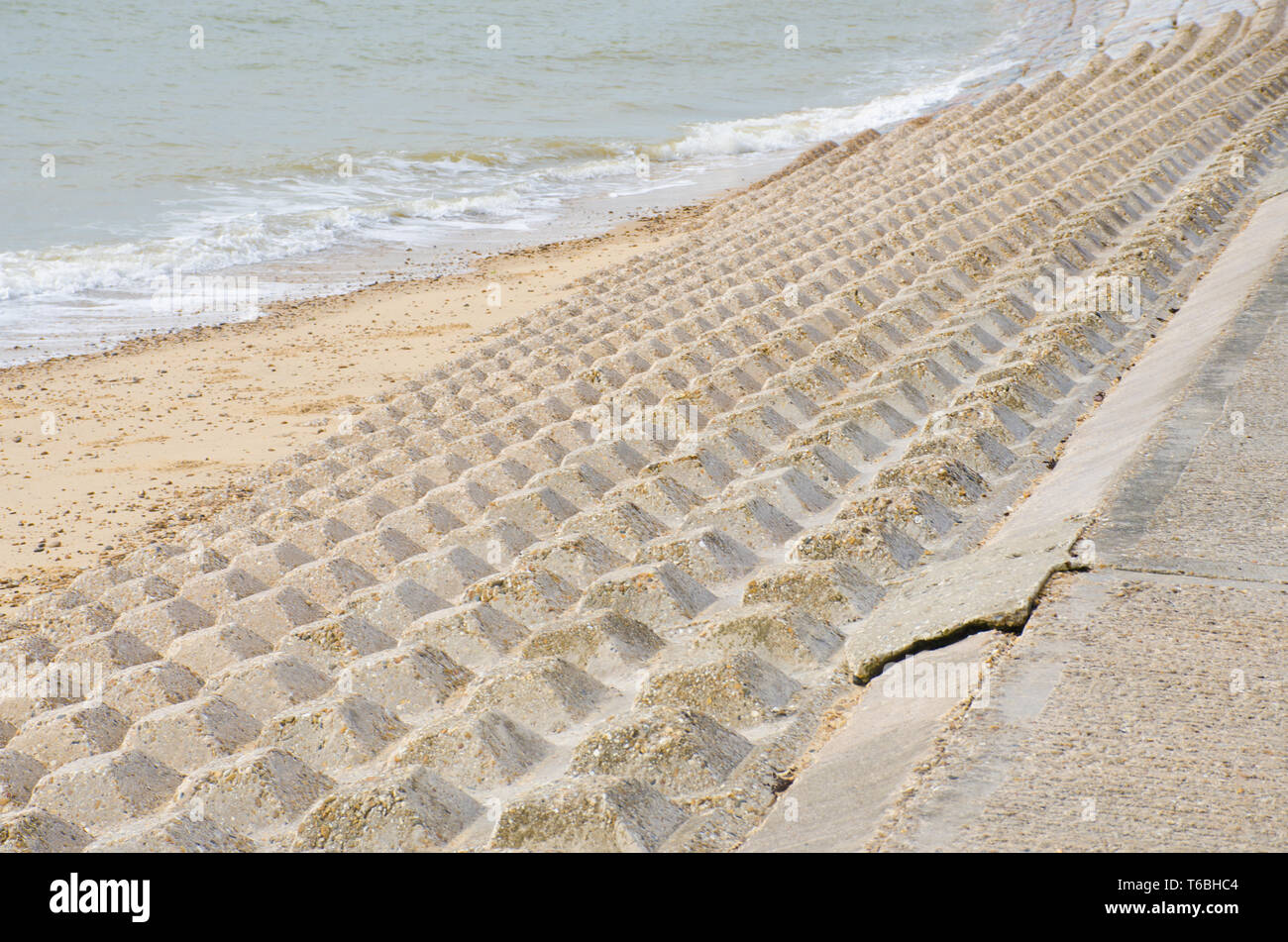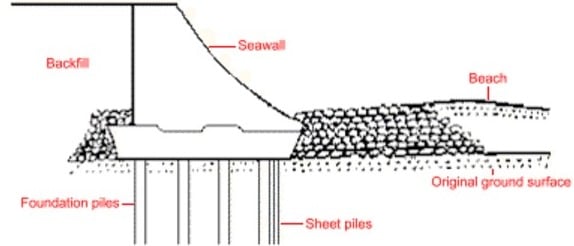Shore Protect Team Fundamentals Explained
Table of ContentsNot known Facts About Shore Protect TeamThe Buzz on Shore Protect TeamShore Protect Team for Beginners8 Simple Techniques For Shore Protect TeamThe Facts About Shore Protect Team RevealedShore Protect Team Things To Know Before You Buy
Living shorelines utilize natural products such as plants, sand, rock, or oyster coverings. Over time, living shorelines can become more secure as plants and root systems expand and establish.They usually use marginal to no eco-friendly benefits. shoreline protection. Solidified coastlines often tend to deteriorate over time because of wear and tear from waves and storms, and they can incur greater maintenance prices if they require considerable repairs.
Facts About Shore Protect Team Revealed


Planting indigenous vegetation like dune grass is a reliable technique to shoreline erosion control. In areas where sand has actually currently been severely worn down, sand replenishment is a viable method for reconstruction.
The smart Trick of Shore Protect Team That Nobody is Talking About
They restrict the transportation of shoreline debris by catching the longshore existing and are developed to shield long stretches of land from disintegration. Sediment that is cleaned down the coastline is gathered on the updrift side of the structure. Breakwaters are structures built parallel to the shore that "break" waves, decreasing the effect on the prone sediment of the shoreline.
Made of rock and debris, breakwaters are frequently submerged underwater but in some cases can be seen from above. Commonly made from hard materials like rock, timber, and concrete, they shield versus tornado rises and are often made in emergencies since of their effectiveness and quick building.
Not known Facts About Shore Protect Team
Dunes are sand storage tanks that function as barriers versus wind and water to maintain coastlines intact. Flood bags like TrapBag can be made use of to stabilize dunes and reinforce the community of shorelines. Due to the fact that sand is such a lightweight substance, it is easily blown or purged away by wind and water.
International rising water level pose a risk to sand dunes across the globe, however TrapBag can reduce erosion by reinforcing the dunes at their core and protecting dunes from low-lying wind gusts. TrapBag can be used to produce seawalls and various other shoreline disintegration security frameworks. Coastline disintegration control needs strong products that will not provide means despite hefty wind and rough waves, and TrapBag's high-strength textile style fits the bill.

Shore Protect Team - Questions
Ensures compliance with Georgia's Coast Protection Act, regulating activities near dunes and coastlines. Functions with federal, state, and neighborhood companies to implement environmental laws and policies. https://speakerdeck.com/shrprtcttm. Provides guidance to home owners, developers, and city governments on governing demands. Find responses to typical inquiries concerning coastal permits, revocable licenses, and various other important information.
If you are preparing any kind of building and construction or task in or near salt marsh in the State of Georgia, you should call our workplace for an administrative determination and to figure out if you need a CMPA license for your job. The Shore Protection Act (SPA) regulates tasks and structures in administrative beach and shore areas.
Because 1982, the North Carolina Coastal Federation has functioned to secure and recover the seaside water quality and environments of North Carolina. We engage people from all strolls of life, both locals and site visitors, who are devoted to maintaining the North Carolina coastline for current and future generations. Whether you live and work with the coast, browse through from time to time, or just imagine strolling along our attractive coastlines, the health of your world depends upon healthy seas and coastal ecosystems.
4 Easy Facts About Shore Protect Team Described
We engage people from all walks of life, both homeowners and visitors, to assist us safeguard and recover the coast for current and future generations. is the Federation's award-winning, daily, information service covering the ecological information of the North Carolina coast. Coverage includes science developments, federal government, and regulative actions, and education and learning, along with the setting, culture, and background of the state's 20 seaside areas.
Editorial decisions are made separately of the publisher and any various other individuals or rate of interests. Introduced in 2012, Coastal Review has actually been a member of the North Carolina Press Association since 2015. In 2021, the press association recognized Coastal Testimonial with a first-place honor for public service, together with a first-place honor for appearance and layout and second-place awards for community protection and basic quality.